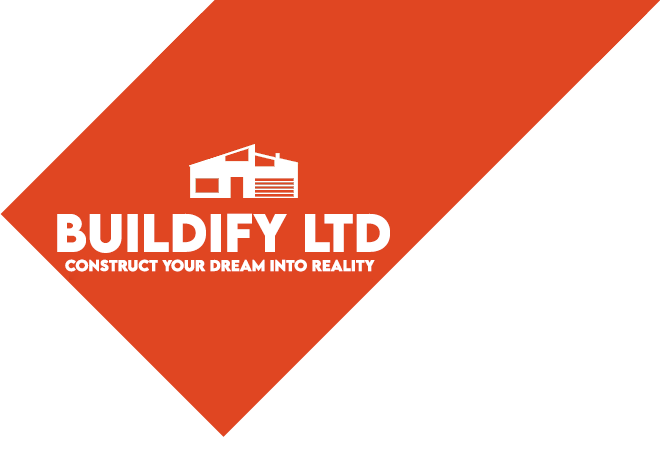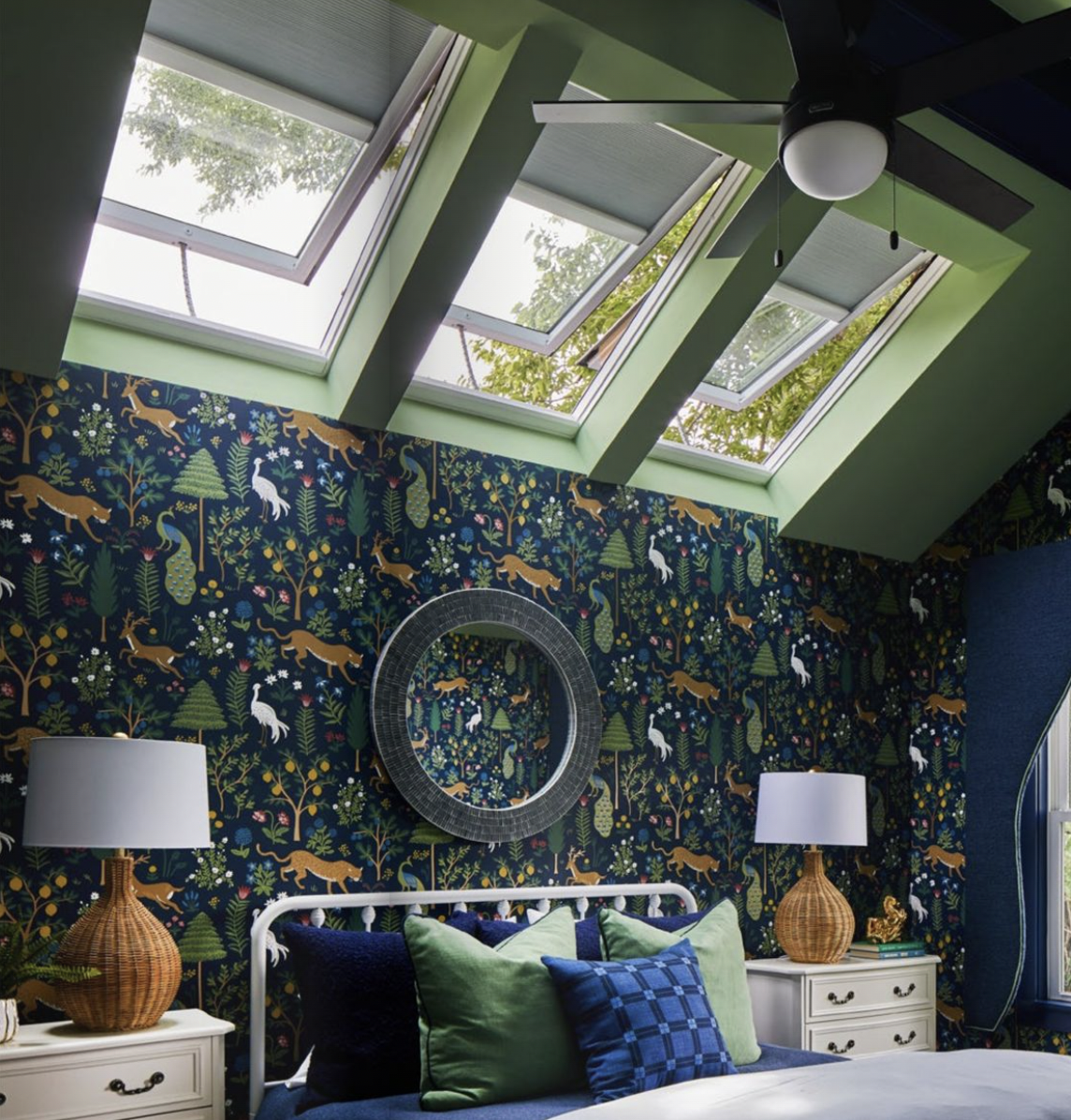Velux Loft Conversions in London
Velux loft conversion
Velux loft conversions have surged in popularity across London, appealing to homeowners for their blend of aesthetics, functionality, and the promise of added property value. For those considering transforming their unused attic space, this article serves as a creative guide. Here, you’ll find innovative design ideas that are both practical and visually stunning, tailored specifically for the modern London home.
Understanding Velux Loft Conversions
What is a Velux Loft Conversion?

At its core, a Velux loft conversion involves integrating Velux windows into your existing roof structure to create a livable, bright space. Known for their durability and sleek design, Velux windows are a top choice for bringing natural light into underused attics.
Why Choose Velux?
Velux windows are not just about aesthetic appeal; they offer enhanced energy efficiency and superior ventilation, which are crucial in London’s variable climate. Plus, the installation is less invasive than other types of loft conversions, often not requiring drastic alterations to the roofline.
Design Considerations Before You Begin
Structural and Planning Essentials
Before diving into the design, it’s vital to evaluate your roof’s structure to ensure it can support new windows and additional living space. Engaging with an architect can help clarify these points. Furthermore, while Velux conversions generally fall under permitted development, it’s wise to double-check local planning permissions, especially in conservation areas.
Innovative Design Ideas
Maximizing Light

Strategic Window Placement: Positioning Velux windows on both sides of the roof maximizes daylight and creates a cross breeze, making your loft feel airier. My neighbor’s loft, which features windows that capture both sunrise and sunset, is a testament to thoughtful placement—it’s like living in a light box!
Reflect and Amplify: Consider painting walls and ceilings in light colors and incorporating glossy finishes to help bounce light around the room. Mirrors are not just decorative; placed opposite a window, they can double the perceived light in a room.
Enhancing Space

Smart Layouts: To maximize floor space, consider built-in storage under eaves or bespoke shelving that fits into odd nooks. Retractable furniture, such as fold-down beds or desks, can transform a single-use bedroom into a multi-functional space.
Vertical Illusions: Utilizing vertical lines in décor, such as striped wallpapers or tall, slim furniture, can give the illusion of higher ceilings. Skylights draw the eye upwards, making the space feel larger than it is.
Integrating Smart Home Technology
Automation at Your Fingertips: Imagine opening and closing your Velux windows with a smartphone or setting them to automatically adjust based on weather conditions—this is a game-changer for comfort and energy efficiency.
Tech-Forward Entertainment: Incorporate built-in speakers and hidden screens to keep surfaces clean and your loft feeling spacious. As a tech enthusiast myself, I can vouch for the transformational impact of integrated technology on living spaces.
Aesthetic Touches
Blending Styles: A loft can be a continuation of your home’s core style or an opportunity to experiment with new décor themes. From a sleek, modern look with minimalistic furniture to a cozy, rustic vibe using reclaimed wood, the options are limitless.
Personal Flair: Don’t shy away from bold wallpapers or accent colors. A client of mine chose a stunning celestial-themed wallpaper for their loft’s slanted ceiling, creating a captivating night sky effect that makes every evening a stargazing event.
Popular Areas for Velux Loft Conversions in London
Where are Velux Loft Conversions Most Popular?
Velux loft conversions are particularly popular in areas of London where property values are high and homeowners look to maximize their living space without relocating. Boroughs such as Wandsworth, Richmond, and Islington see a high volume of such conversions. These areas feature many Victorian and Edwardian homes, where owners often prefer to maintain the external character while modernizing the interiors. Additionally, up-and-coming areas like Hackney and Tower Hamlets also see frequent conversions as young professionals and families move in and renovate older properties.
Trending London Neighborhoods for Velux Conversions
- Wandsworth: Known for its spacious residential areas and family-friendly amenities.
- Richmond: Attracts conversions due to its mix of period homes and strict local aesthetic guidelines.
- Islington: Popular among younger homeowners looking to add space in terraced homes without extensive external changes.
- Hackney: With its vibrant, youthful vibe, homeowners opt for Velux conversions to add light and space efficiently.
- Tower Hamlets: As the area develops, more homeowners choose loft conversions to improve property value and functionality.
Types of Houses Suitable for Velux Loft Conversions
Common Characteristics of Suitable Houses
Velux loft conversions are most commonly fitted into houses with existing sloped roofs, as these provide the ideal structure for Velux windows without needing significant alterations. The typical houses that fit this description include:
- Victorian and Edwardian Terraces: These homes usually feature pitched roofs that are well-suited for Velux windows, allowing for a straightforward conversion process that maintains the property’s historical integrity.
- 1930s Semi-detached Houses: These properties often come with higher roof pitches, making them excellent candidates for spacious loft conversions.
- Post-war Detached Homes: Offering ample attic space, these houses can be transformed to add substantial living areas with plenty of natural light.
Advantages of Velux Conversions in These Homes
- Minimal Structural Change: Velux conversions often require less structural modification, which is a significant advantage in terms of cost and construction time.
- Preservation of External Appearance: Particularly important in conservation areas or streetscapes where maintaining the visual continuity of the roofline is essential.
- Enhanced Brightness and Ventilation: The installation of Velux windows dramatically increases the natural light and air circulation within the attic space, enhancing comfort and usability.
Real-Life Examples
From Dark to Dazzling: One of my recent projects involved converting a cramped and dark attic into a luminous home office. By adding multiple Velux windows and using reflective materials, we turned an underused space into the homeowner’s favorite room—a perfect blend of functionality and style.
Choosing the Right Professionals
Finding the Fit
Selecting the right team is crucial. Look for architects and builders who specialize in loft conversions and have a thorough understanding of Velux products. Ask for portfolios and consider their previous projects to ensure their vision aligns with yours.
Budgeting for Your Conversion
Understanding Costs
Costs can vary significantly based on the scale and specifics of the project. Here’s what you might expect:
- Basic Velux Conversion: Starting around £15,000, suitable for smaller, simpler designs.
- Standard Velux Conversion: Typically between £20,000 and £40,000, depending on customization and finishes.
- High-End Velux Conversion: Exceeding £40,000 for expansive and high-spec designs.
Stretching Your Budget
Combining phase-wise construction with careful selection of materials can make even the most ambitious projects attainable. Always include a contingency fund for unexpected costs—a lesson I learned the hard way when a seemingly minor roof adjustment turned into a major expense.
Types of Loft Conversions
When considering transforming your attic into a livable space, it’s essential to understand the different types of loft conversions available. Each type offers unique advantages and can be tailored to fit the specific structural and aesthetic needs of your home.
Velux Loft Conversions
- Description: Installation of Velux windows into the existing roof slope without altering the roofline.
- Best for: Homes with sufficient headroom and minimal structural alteration needs.
Dormer Loft Conversions
- Description: Extending the roof vertically to create a box-shaped structure that projects vertically from the roof.
- Best for: Limited loft space homes, enhancing headroom and usable floor space.
Hip-to-Gable Loft Conversions
- Description: Extending the sloping ‘hip’ roof at the side into a vertical ‘gable’ wall, maximizing the internal space.
- Best for: Semi-detached and detached homes with hipped roofs needing more lateral space.
Mansard Loft Conversions
- Description: Replacing one or both roof slopes with a new steeply pitched roof at an angle of 72 degrees and a flat roof overtop.
- Best for: Maximizing living space, suitable for urban areas and older properties.
Modular Loft Conversions
- Description: Off-site construction of the entire loft, then craning it into position on the property.
- Best for: Reducing on-site construction time and for properties with access limitations.
Double Mansard
- Description: A Mansard conversion applied to both the front and the rear of the property, effectively doubling the additional space.
- Best for: Properties in dense urban areas where maximizing space under existing planning restrictions is crucial.
L-shaped Dormer
- Description: Extending a dormer conversion around the L-shape of the roof, typically found in Victorian and Edwardian terraced houses.
- Best for: Increasing the floor space significantly, allowing for multiple room configurations, such as adding an additional bathroom or bedroom.
L-shaped Mansard
- Description: An adaptation of the traditional mansard, tailored to properties with an L-shaped roof; this conversion alters both arms of the L.
- Best for: Properties that require large additional living spaces and can maintain aesthetic consistency in areas with architectural controls.
L-shaped Half-Dormer
- Description: A dormer that extends only over half of the L-shaped roof, often used when only partial space enhancement is needed or due to planning restrictions.
- Best for: Targeted space increases where a full dormer might be restricted or unnecessary.
L-shaped Dormer with Balcony
- Description: Incorporating a balcony within an L-shaped dormer, adding outdoor space to the loft conversion.
- Best for: Enhancing the living quality of the loft, especially appealing in urban settings where outdoor space is at a premium.
Choosing the Right Type of Loft Conversion
| Dormer Loft Conversion | Hip-to-gable Loft Conversion | Mansard Loft Conversion | Velux Loft Conversion |
 |  |  |  |
| Average cost: £31,000 – £60,000 | Average cost: £42,000 – £65,000 | Average cost: £45,000 – £75,000 | Average cost: £21,000 – £63,000 |
| Duration: 4–5 weeks | Duration: 4–6 weeks | Duration: 7–8 weeks | Duration: 4 weeks |
Selecting the right type of conversion involves assessing the property’s architectural style, local planning permissions, your spatial needs, and budget considerations. Each conversion type offers unique benefits and suits different types of properties and homeowner needs. For instance, an L-shaped Mansard might be ideal for maximizing space in a terraced house, while a Double Mansard could be perfect for a larger detached home in need of extensive space enhancement both front and back. Always consult with a professional architect or builder to understand what will work best for your home’s structure and your family’s needs.
FAQ (Frequently asked questions)
A Velux loft conversion is more than just an upgrade—it’s a lifestyle enhancement. Whether you’re aiming for a bright new bedroom, a dynamic home office, or a serene retreat, innovative designs and smart planning can help you achieve your loft aspirations. Embrace the opportunity to add both space and value to your home, and let your loft conversion journey begin.
Velux loft conversion explained
A Velux loft conversion involves the installation of Velux-brand windows into the existing slope of your roof, transforming your attic into a light-filled, ventilated space without altering the existing roofline. This type of conversion is popular for its simplicity, cost-effectiveness, and minimal disruption to the existing structure.
How much does a Velux loft conversion cost in London?
The cost of a Velux loft conversion in London can vary widely based on the size of the project, the number and type of Velux windows installed, and the interior finishes chosen. Generally, you can expect:
Basic Velux Conversion: Starting from around £15,000.
Standard Velux Conversion: Ranging from £20,000 to £40,000.
High-End Velux Conversion: Can exceed £40,000 for larger spaces with high-spec finishes.
Do I need planning permission for a Velux loft conversion?
In most cases, Velux loft conversions fall under permitted development, which means they do not require planning permission. However, if your property is listed or located in a conservation area, you may need to obtain permission. Always check with your local planning authority to confirm the regulations specific to your area.
How long does a Velux loft conversion take to complete?
The duration of a Velux loft conversion project can vary, but typically, the construction phase lasts between 4 to 8 weeks, depending on the complexity and scale of the conversion. Pre-construction phases, including planning and design, may add additional time.
What are the main benefits of installing Velux windows in a loft conversion?
Velux windows offer excellent natural light and ventilation, helping to transform dark attics into bright, airy living spaces. They are also energy-efficient, can help reduce heating costs, and are designed to fit seamlessly into your roof with a sleek, modern look.
Can I incorporate a bathroom in my Velux loft conversion?
Yes, incorporating a bathroom into your Velux loft conversion is entirely possible. Planning the layout carefully to accommodate plumbing and ensure proper ventilation is key. Skylight windows can also add natural light and ventilation to the bathroom space.
Are there different types of Velux windows I can choose from?
Velux offers a variety of window types, including center-pivot, top-hung, and combination windows, along with different finishes and glazing options to enhance energy efficiency, noise reduction, and security. Your choice can be tailored to meet your specific needs and preferences.
How can I ensure my Velux loft conversion is energy efficient?
Choose energy-efficient Velux windows with appropriate glazing options to minimize heat loss during the winter and reduce heat gain during the summer. Additionally, ensuring that your loft is well-insulated and air-sealed will enhance overall energy efficiency.
What should I consider when choosing a contractor for my Velux loft conversion?
Select a contractor who specializes in loft conversions and has specific experience with Velux products. Check their credentials, ask for references, and review their portfolio of completed projects. It’s also important to ensure they carry the necessary insurance and offer warranties for their work.
How can I finance my Velux loft conversion?
Loft conversions can be financed through savings, home improvement loans, or by remortgaging your home. Some homeowners may also qualify for green energy grants if the conversion improves the energy efficiency of their home.
Ready to transform your attic? Reach out for a consultation, and let’s turn your loft conversion dream into reality.









